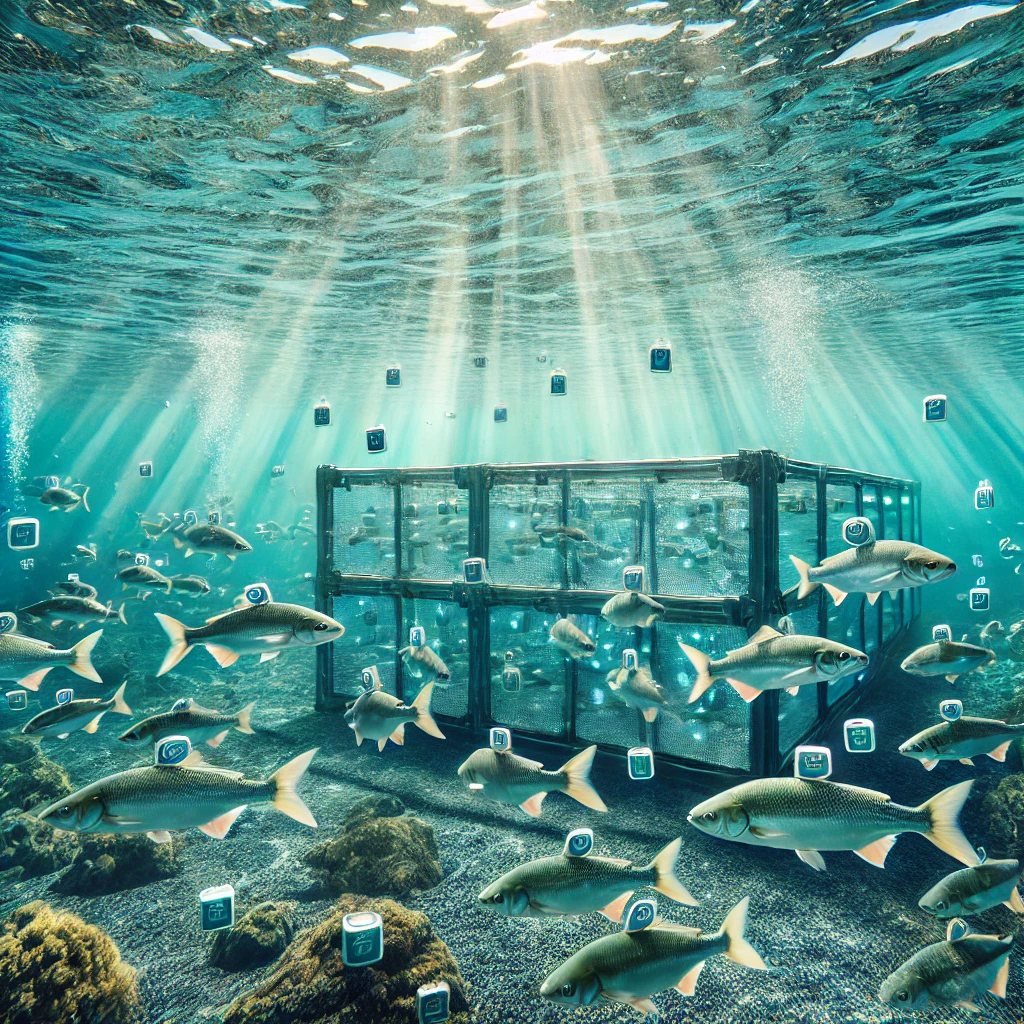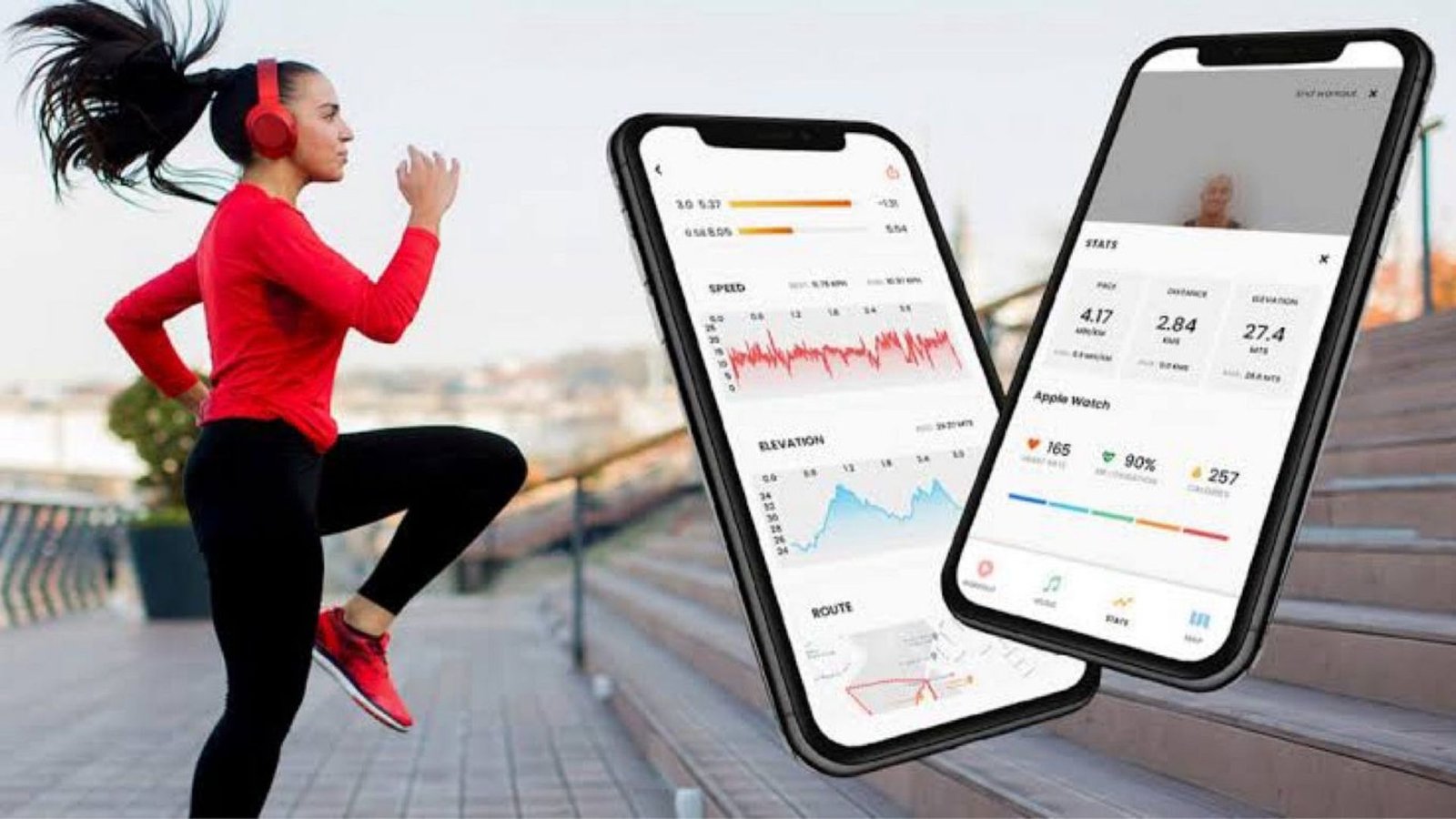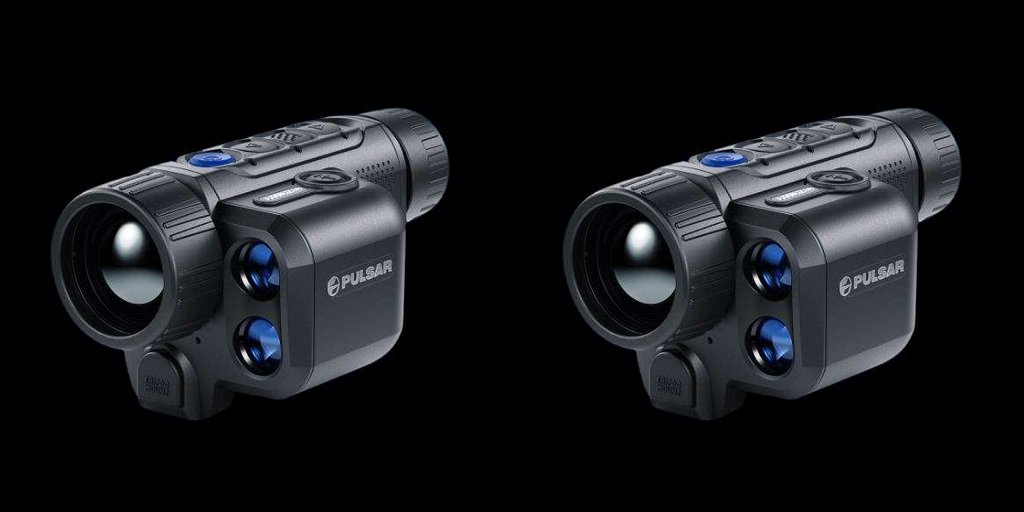Introduction
Sustainable fishing is no longer just a concern for commercial fisheries—hobbyist anglers also play a crucial role in conservation. One powerful tool that helps track fish populations and promote responsible angling is fish tagging.
Fish tags provide valuable data on migration patterns, growth rates, and population health. By participating in tagging programs, recreational anglers can contribute to scientific research while enjoying their favorite pastime.
In this guide, we’ll explore:
- What fish tags are and how they work
- The benefits of tagging for sustainable fishing
- How hobbyists can get involved
- Best practices for tagging and releasing fish
- Top fish tagging programs to join
What Are Fish Tags?
Fish tags are small markers attached to fish to track their movements, growth, and survival rates. These tags come in different forms, including:
- External Tags – Visible markers (e.g., dart tags, spaghetti tags) attached to the fish’s body.
- Internal Tags – Implanted devices (e.g., PIT tags, acoustic tags) used for long-term studies.
- Electronic Tags – Advanced trackers (e.g., satellite tags) that record location and depth data.
Tagging helps scientists understand fish behavior, habitat use, and the impact of fishing pressure on ecosystems.
Why Fish Tagging Matters for Sustainable Fishing
1. Supports Conservation Efforts
Tagging programs help monitor endangered species, such as Atlantic bluefin tuna or sturgeon, ensuring their populations recover.
2. Improves Fisheries Management
Data from tagged fish helps regulators set sustainable catch limits and seasonal restrictions.
3. Tracks Migration Patterns
Understanding where fish travel helps protect critical spawning and feeding grounds.
4. Enhances Angler Engagement
Hobbyists who report recaptures contribute to real science, making fishing more meaningful.
How Hobbyist Anglers Can Participate in Fish Tagging
1. Join a Tagging Program
Several organizations offer tagging kits and training for recreational anglers:
- The American Littoral Society’s Tagging Program (focuses on striped bass, flounder)
- The Billfish Foundation’s Tag & Release Program (tracks marlin, sailfish)
- The Cooperative Science Tagging Program (CSTP) (NOAA-run program for multiple species)
2. Proper Tagging Techniques
To ensure fish survival:
- Use sterilized tagging tools to prevent infection.
- Insert tags below the dorsal fin for minimal harm.
- Record date, location, species, and fish size accurately.
3. Report Recaptures
If you catch a tagged fish, note the tag number and report it to the issuing program. This helps track growth and movement.
Best Practices for Catch-and-Release with Fish Tags
- Handle Fish Gently – Wet your hands before touching fish to protect their slime coat.
- Minimize Air Exposure – Keep fish in water as much as possible.
- Use Circle Hooks – Reduces deep-hooking injuries.
- Revive Exhausted Fish – Hold them upright in water until they swim away strongly.
Real-World Impact of Fish Tagging
- A 2022 study by NOAA found that tagged striped bass helped identify critical winter habitats, leading to new protection zones.
- The Billfish Foundation’s data contributed to international bans on destructive longline fishing in key migratory routes.
Conclusion: Be a Steward of Sustainable Fishing
By using fish tags, hobbyist anglers can directly contribute to marine conservation while enjoying their sport. Whether you’re tagging a bass in a local lake or a marlin offshore, every tagged fish provides crucial data for sustainable fisheries.
Ready to make a difference? Join a tagging program today and help ensure healthy fish populations for future generations!









Leave a Reply